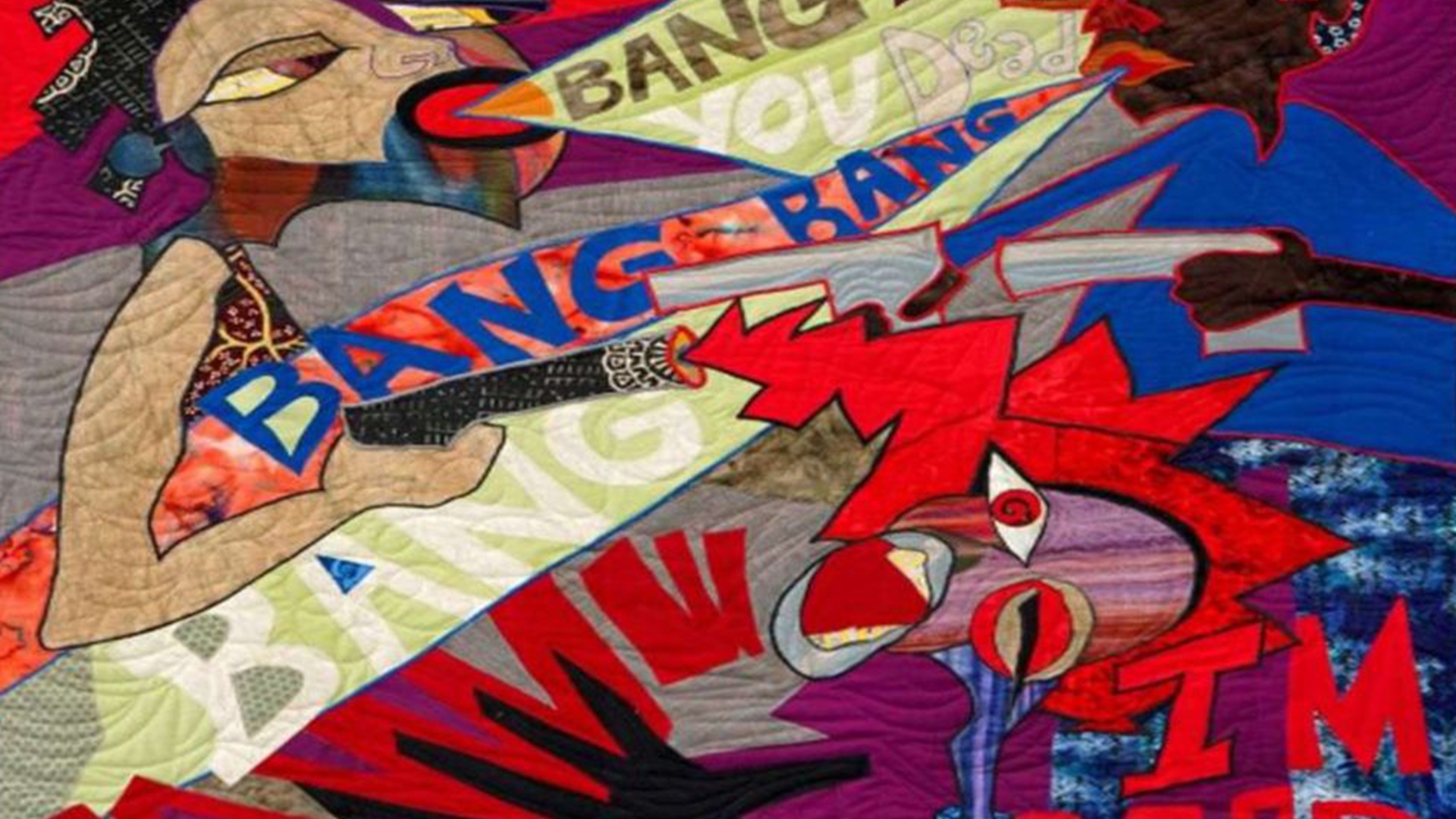Following $12M. Pollock Sale, Everson Museum Acquires Contemporary Works by Shinique Smith, Ellen Lesperance, More
This article was originally published on January 7, 2021 in the ARTnews. Read the full article HERE.
The Everson Museum of Art in Syracuse, New York, has announced the acquisition of seven works by emerging and mid-career artists to its permanent collection, including works by well-known artists Shinique Smith and Ellen Lesperance, as well as pieces from local artists. The newly acquired works will be featured in the museum’s upcoming exhibition “Who What When Where” scheduled to open in March.
This tranche of purchases follows the museum’s controversial decision to deaccession a Jackson Pollock 1946 painting, Red Composition (Painting 1946), from its collection in an effort to address historical gaps in its holdings. The Pollock, which the museum says was donated by its original owners at a value of $800,000, sold for a hammer price of $12 million ($13 million with buyer’s premium, which goes to the auction house) at a Christie’s New York evening sale last October to an anonymous buyer.
The proceeds of the sale went to establishing a fund devoted to purchasing works by artists of color, women, and under-represented, emerging and mid-career artists. (An additional bulk of the funds has been allocated to the direct care of the museum’s more than 10,000-item collection.)
“The Everson’s collection has been steadily evolving in recent years,” Elizabeth Dunbar, the Everson’s director, said in a statement, “and this new group of purchases—the first of many more to come—signals an institutional commitment to building a collection that not only reflects the rich diversity of our community, but embodies the potential for exploring new and multiple narratives within the trajectory of art past, present, and future.”
Among the new works purchased by the Everson Museum is Bale Variant No. 0021 (Christmas) (2011-2017), a sculpture by Los Angeles–based artist Shinique Smith, whose practice incorporates use of clothing and textiles and found objects. The museum also purchased a painted gouache and graphite work on paper, titled Black Gloves Gods Eyes (2019), by Ellen Lesperance, a Portland-based artist and 2020 Guggenheim fellow.
Works by two Syracuse-based artists are also entering the collection as part of the latest round of acquisitions. Ceramic artist Sharif Bey’s Protest Shield #2 (2020), one from a series of shields that draw on references from African, Oceanic, and African-American sources, and a quilt, titled Bang Bang, You Dead! (2018), by Ellen Blalock, whose practice focuses on depicting the experience of Black people in the United States, are now both in the museum’s holdings.
Another purchase includes a ceramic sculpture by Courtney M. Leonard (Shinnecock), whose works respond to environmental issues. Additionally, an 6.6-foot by 4.7-foot mixed-media piece, titled Waiting For Medgar, Jackson, MS 1963 (2004), by Atlanta-based artist Dawn Williams Boyd shows white supremacist Byron De La Beckwith holding a shotgun. De La Beckwith killed Civil Rights activist Medgar Evers in Mississippi in 1963 outside the latter’s home.
In her statement, Dunbar added, “These works, in particular, speak directly to some of the most pressing issues of our time, including the perpetuation of racist ideologies and violence against people of color, the global impact of climate change, and systemic inequities related to race and gender, among others.”
The Everson Museum was one of several U.S. institutions, which also included the Brooklyn Museum of Art, the Baltimore Museum of Art, and the Palm Springs Art Museum, to take advantage of a temporary relaxation of deaccessioning guidelines in April by the American Association of Museum Directors in order to provide financial relief to museums during the pandemic.
Critics decried the Everson Museum’s plan to sell the Pollock, arguing that, despite the intention to address inequities represented in the permanent collection, selling off the historically significant work—it is the artist’s second work in his famed drip technique—was a shaky solution. In defense of the sale, the president of Everson’s board of trustees, Jessica Arb Danial, subsequently responded to those opposed of the plan in an article published by The Art Newspaper, writing, “These voices are echoing decades of status quo art history textbook and gallery etiquette, rather than the realities we are living today.”
The Everson Museum is one of a few institutions that has aimed to diversify its collection in recent years, selling off works by blue-chip white male artists as part of the process. In 2018, the Baltimore Museum of Art set a precedent when it made headlines by selling works by blue-chip artists, like Andy Warhol and Franz Kline, at auction, generating more than $8 million. The proceeds were used to acquired works by Senga Nengudi, Melvin Edwards, Meleko Mokgosi, and Carrie Mae Weems. (The BMA’s own plans to sell three works by Brice Marden, Clyfford Still, and Andy Warhol, together valued at some $60 million, was scuttled hours before two of them were to hit the auction block after weeks of immense public outcry.) In June 2019, the San Francisco Museum of Modern Art sold a Mark Rothko painting for $50.1 million at Sotheby’s, using the funds generated from the sale to acquire worksby artists such as Mickalene Thomas, Alma Thomas, Kay Sage, and Leonora Carrington.


